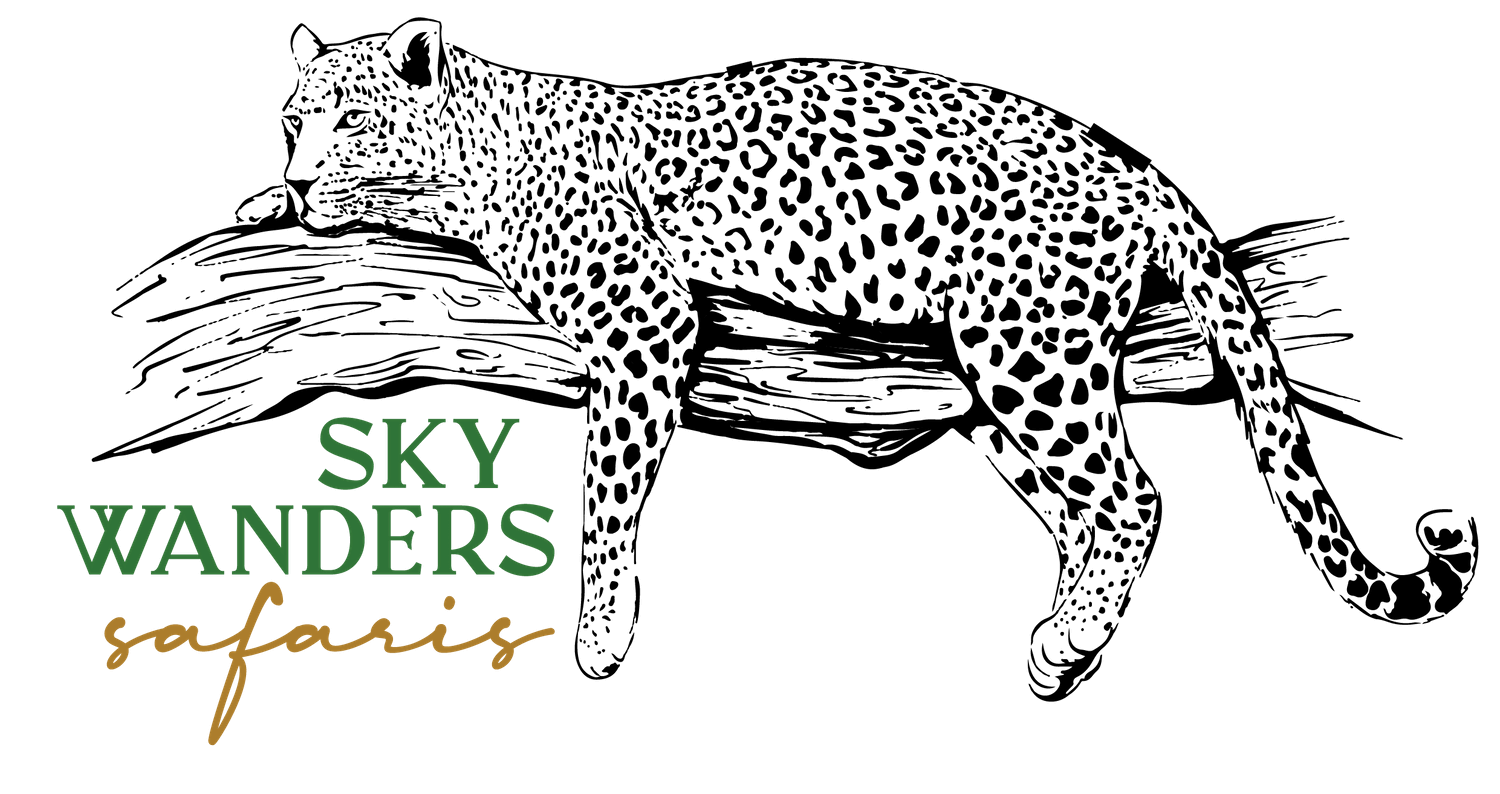Serengeti National Park
Northern Destination
About Serengeti National Park
Serengeti National Park covers an area of 14,750 square kilometers (5,700 square miles) and is located in northern Tanzania, extending across the Maasai Mara region of Kenya. The park is famed for its rich biodiversity and unique landscapes, ranging from grassy plains and woodlands to riverine forests and savannahs.
Serengeti is home to over 1.5 million wildebeest, zebras, gazelles, and other herbivores, along with a rich predator population including lions, leopards, cheetahs, and hyenas. The Serengeti is best known for the Great Migration, one of the Seven Natural Wonders of the World, where millions of wildebeest and zebras embark on an epic journey in search of water and fresh grazing grounds.
The Serengeti ecosystem is made up of three main regions: the southern Serengeti plains, the central Serengeti, and the western corridor. Each region offers a unique experience, with the southern plains being the center of calving season and the western corridor a hotspot for river crossings during the migration.

Attractions Found in Serengeti National Park
One of the most extraordinary natural events in the world, the Great Migration is a seasonal movement of over 1.5 million wildebeest, along with hundreds of thousands of zebras and gazelles.
The migration moves through the Serengeti and the Maasai Mara in Kenya, and witnessing the dramatic river crossings is a bucket-list experience for any safari traveler.
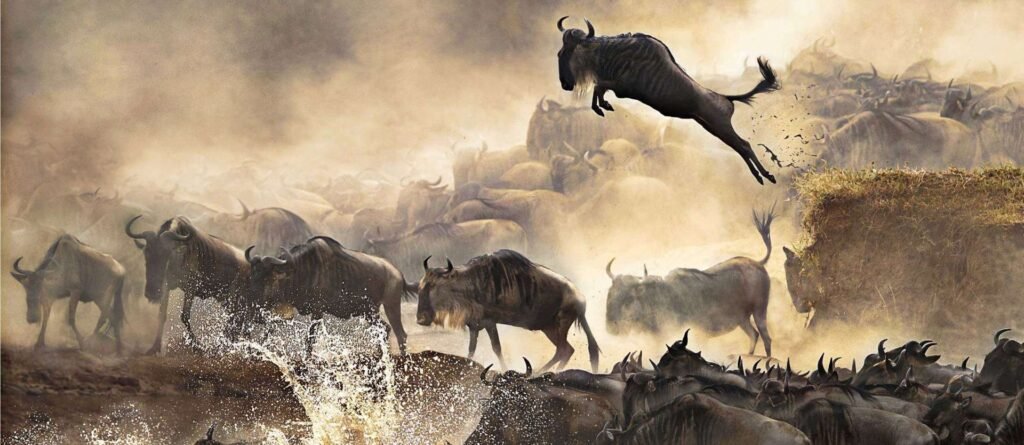
Serengeti is home to the Big Five — lions, elephants, leopards, rhinos, and buffaloes. The park’s vast open plains and river systems provide ideal habitats for spotting these iconic species. The central Serengeti offers particularly excellent opportunities to view lions in their natural habitat.
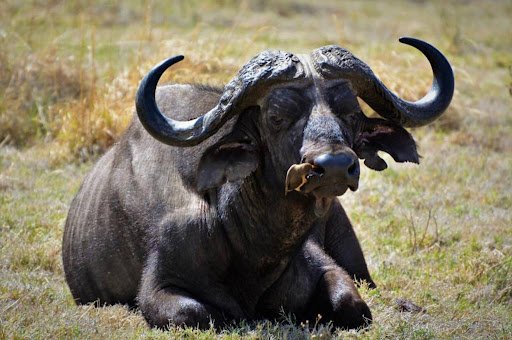
Serengeti National Park is renowned for its high concentration of predators. Lions are particularly abundant in the park, but you’ll also have the chance to spot leopards, cheetahs, wild dogs, and hyenas. The park offers some of the best opportunities for observing predator-prey interactions.
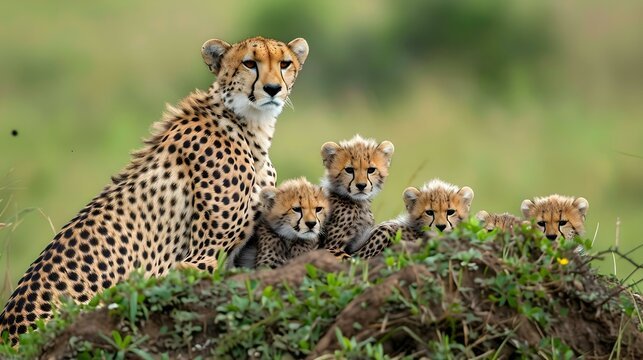
The Seronera River is a critical lifeline for wildlife in the central Serengeti, attracting herds of wildebeest, buffaloes, and elephants. This area is also known for predator sightings, with lions, leopards, and cheetahs often lurking nearby.
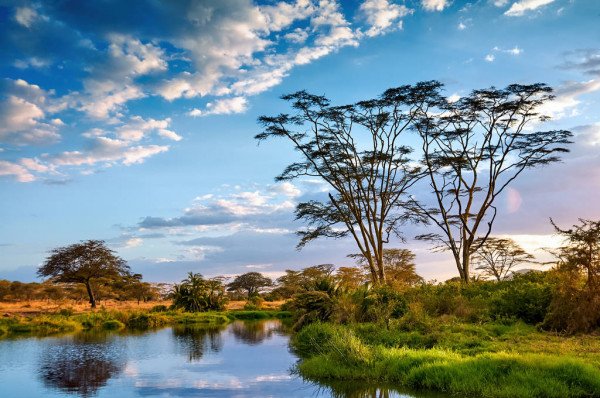
Famous for its stunning beauty and abundant wildlife, the Ngare Nanyuki River provides a picturesque backdrop for safari enthusiasts. The river is home to crocodiles, hippos, and a large number of bird species.
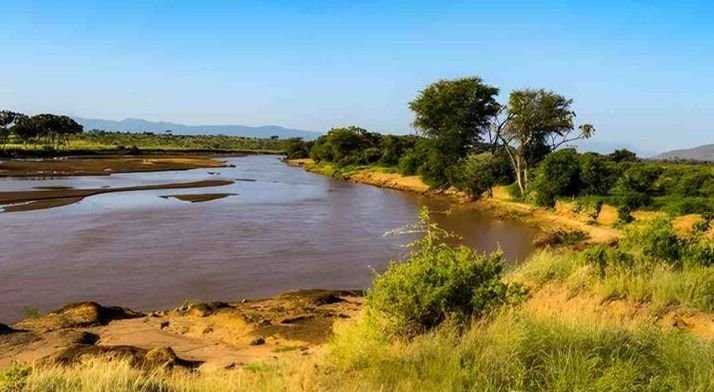
Serengeti’s vast open plains are a sight to behold. These seemingly endless grasslands stretch to the horizon, offering stunning views and exceptional wildlife viewing opportunities. This terrain is a photographer’s paradise, with the opportunity to capture the essence of the African wilderness.
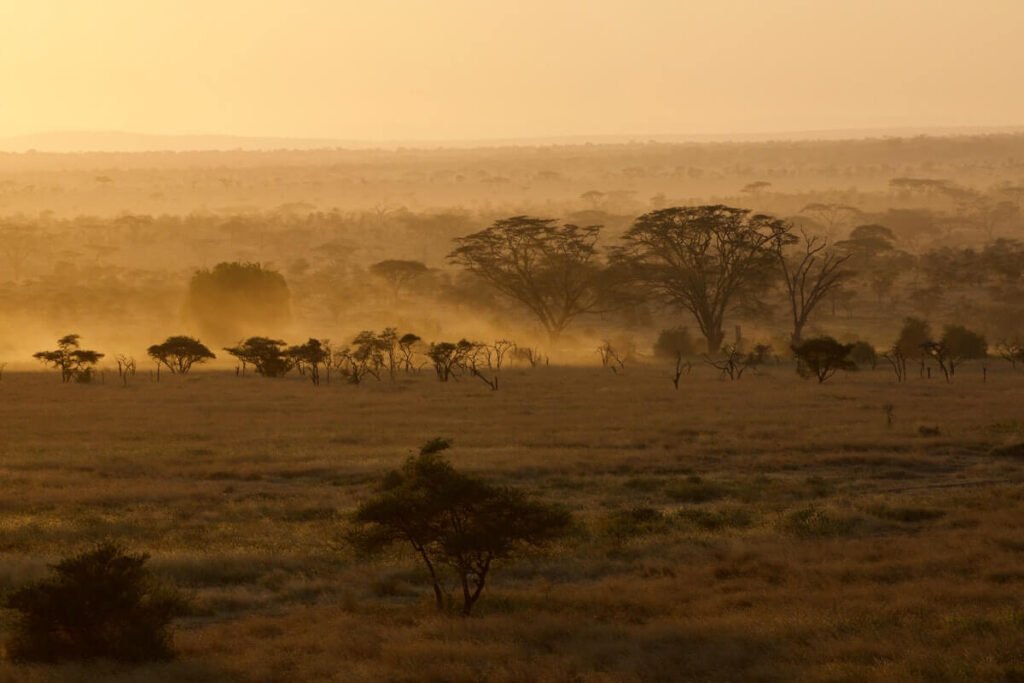
Activities to Do in Serengeti National Park
Game Drives:
Game drives are the cornerstone of any Serengeti safari. Whether you're seeking the Big Five or simply enjoying the vast landscapes, a guided game drive through Serengeti’s diverse regions offers exceptional wildlife sightings. The central Serengeti, in particular, offers great opportunities for spotting predators and large herds of herbivores.
Hot Air Balloon Safaris:
Experience the Serengeti from the sky with a hot air balloon ride. A sunrise balloon safari provides a breathtaking view of the savannah, where you can spot wildlife from above. After the flight, enjoy a champagne breakfast in the heart of the Serengeti.
The Great Migration Viewing
The Great Migration is a key attraction for visitors to Serengeti. Depending on the time of year, you can witness the dramatic river crossings at the Mara River or the herds gathering in the southern plains for calving season. Viewing the migration is an unforgettable experience, often regarded as the highlight of any Serengeti safari.
Walking Safaris:
For a more intimate safari experience, you can embark on a walking safari. Led by armed rangers and expert guides, these safaris allow you to explore the Serengeti on foot and learn about its ecosystems, flora, and the smaller wildlife often overlooked on traditional game drives.
Cultural Visits:
Serengeti is home to the Maasai people, who have lived alongside the park for centuries. Take a cultural tour to visit Maasai villages, where you’ll learn about their traditional lifestyle, customs, and their deep connection to the land.
Photography Safaris
Serengeti is a photographer’s dream with its endless landscapes, diverse wildlife, and incredible lighting. Whether you’re an amateur or professional, the Serengeti offers perfect conditions for capturing the essence of the African wilderness.

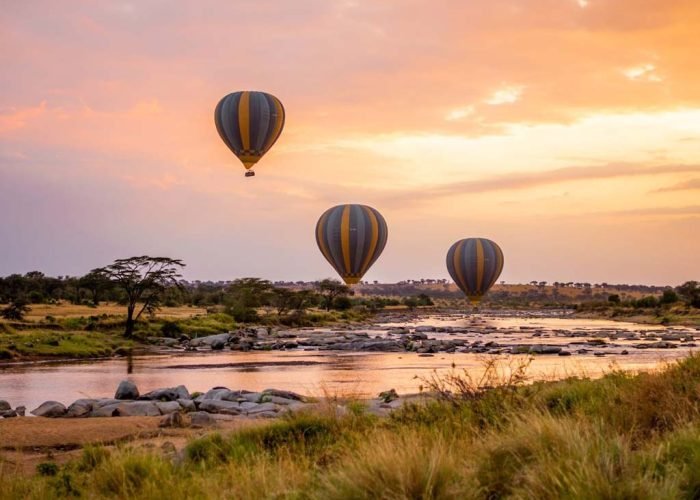
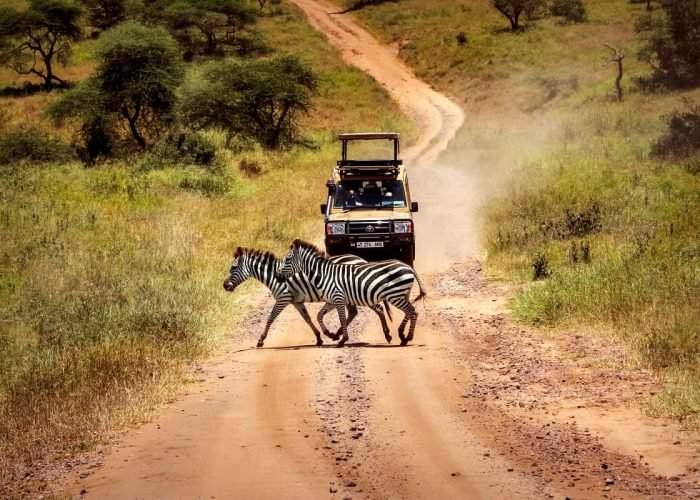
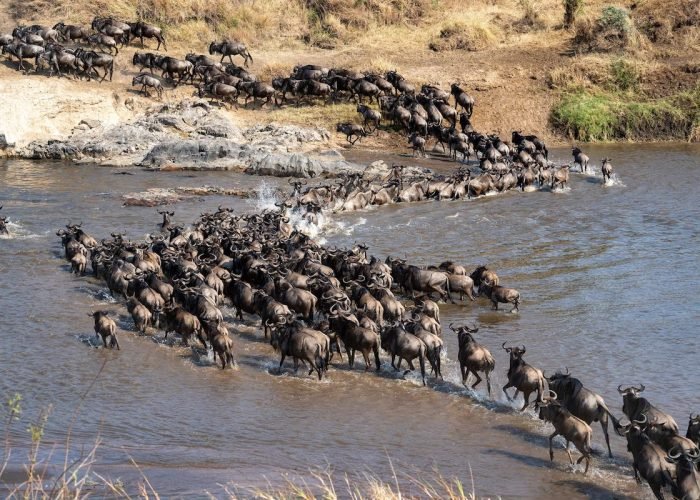
Weather and Climate in Serengeti National Park
- Dry Season (June to October): The dry season is considered the best time to visit Serengeti. During this period, wildlife congregates around the few remaining water sources, making game viewing easier and more rewarding. Temperatures are warm, ranging from 20°C to 30°C (68°F to 86°F), with cooler nights. The dry season also coincides with the Great Migration, particularly in the western corridor and Mara River areas.
- Wet Season (November to May): While game viewing is less predictable during the wet season, it offers the opportunity to see the park in full bloom, with lush green landscapes and abundant birdlife. The heavy rains occur between March and May, while the short rains come in November and December. Temperatures are warmer during the wet season, ranging from 22°C to 32°C (72°F to 90°F), but the rain showers are generally short and refreshing.
How to Get to Arusha National Park
- By Air: The quickest way to reach Serengeti National Park is by air. The park has several airstrips, including Seronera Airstrip, the main gateway to the park. Scheduled flights are available from Arusha, Zanzibar, and other major cities in Tanzania. There are also private charter flights for a more personalized experience.
- By Road: Serengeti is accessible by road, though the journey can take several hours depending on your starting point. From Arusha, the drive is around 5 to 6 hours, and 4×4 vehicles are recommended due to the rough roads. Many travelers prefer to combine a road safari with a visit to other parks such as Ngorongoro Crater.
- Safari Packages: For a seamless experience, consider booking a safari package with Sky Wanders Safaris. Our expert guides will ensure you have a hassle-free journey to Serengeti, whether you’re flying in or traveling by road. We provide personalized itineraries to ensure you experience the best of Serengeti’s wildlife and attractions.
